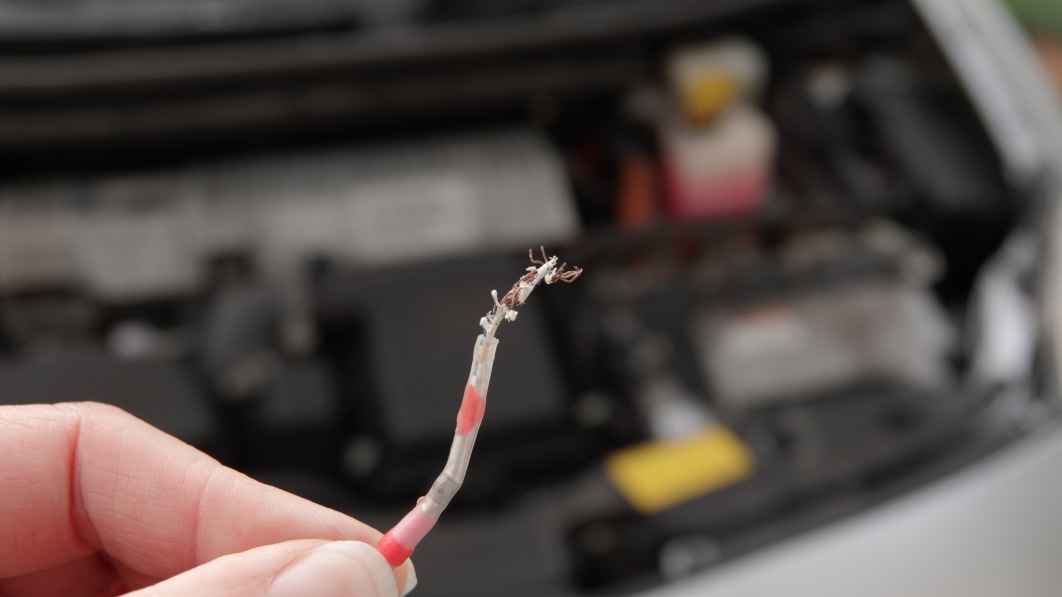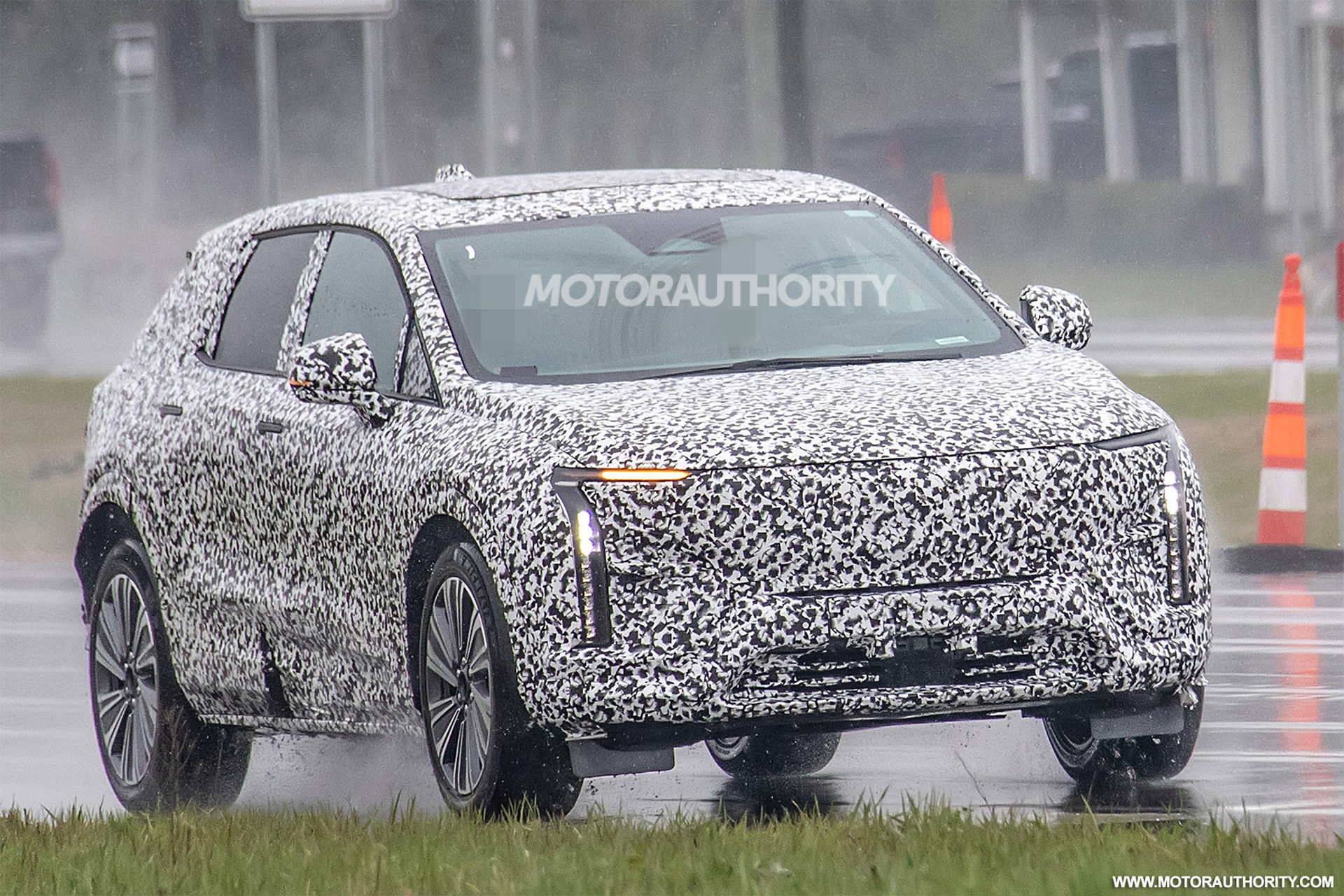Efforts to improve the energy density of BEV batteries are driven by the demand for longer range, lower costs, and faster charging. Much has already been achieved with improved cathode technology, but the next frontier is the anode.
Currently, BEV batteries predominantly use graphite anodes, but other materials are being introduced. Most of these offer significant benefits in energy density, but also pose difficult technical challenges. Some could ease the expected graphite supply shortage, while others unlock battery electric technology for applications in the automotive industry and beyond.
silicon anode
Silicon can store much more lithium ions than graphite, making it a more energy dense battery. A major technical challenge to overcome when using silicon-dominant anodes is volume expansion during charge/discharge cycling. This can lead to cracking of the silicon particles after a few cycles, leading to loss of capacity. Designing containment within cells for that level of expansion (up to 3x) is a significant engineering challenge (with significant progress being made).
Because of this, the early use of silicon in BEV batteries was limited to blends of silicon and graphite.
Below are some of the commercially focused solutions.
Silicon oxide (SiOX): This is the first use of silicon mixed with graphite, and so far, the silicon mixing rate in BEV batteries has not exceeded 7%. This percentage increases over time, perhaps up to 15%, but even at 7% there are claims of a 60% improvement in anode intrinsic energy capacity. However, the focus was on fast-charging capabilities rather than specific energy capacity.
nano silicon: This approach includes mixed or pure silicon applications, although the trend is towards the latter. By reducing the size of the particles and manipulating their shape at the nanoscale, volume expansion can be minimized, shortening the diffusion path of lithium ions, increasing the surface area, and increasing the reaction rate at the anode. and provides more power. Several subpaths have been explored, including nanoporous silicon, silicon nanowires and silicon nanoparticles.
Silicon-carbon powder composite: The most common composite material is carbon, which has excellent electrical conductivity. There are multiple ways to prepare this silicon-carbon material. Examples include placement of silicon within carbon coatings or porous carbon structures. Both of these methods help limit the volume expansion of silicon. The carbon layer also prevents direct contact between the silicon and the electrolyte, preventing repeated growth of the SEI (Solid Electrolyte Interphase) film. The SEI (Solid Electrolyte Interphase) membrane consumes the active lithium in the battery over time.
Currently, the first commercial use of nano-silicon-dominant cells in BEV batteries is expected around 2024 and silicon-carbon-dominant cells around 2023.
lithium metal anode
Lithium metal is considered the “Holy Grail” anode material. It contains all the electrochemical properties required for the anode, such as low lithiation/delithiation potential and high specific capacity. However, lithium metal is highly reactive with conventional liquid electrolytes. As a result, lithium metal consumes the electrolyte and produces dendrites. Branched dendrites can penetrate the separator and contact the cathode, causing a short circuit.
Solid electrolytes (SSE) are being considered as a solution to this. Meanwhile, some companies have developed stable liquid electrolytes that can inhibit dendrite growth in lithium metal anode cells without waiting for SSE commercialization. This method allows the use of existing manufacturing methods and adds flexibility in cell formatting. This is a drawback of current solid cells.
The first commercial application of lithium metal anode cells in BEVs is now expected around 2027 (with solid and stable next-generation liquid electrolytes).
niobium based anode
Niobium-based anodes are a relatively new type and exhibit similar properties to current lithium titanate anodes. For example, a high C-rate (faster power delivery and charging speed).
According to Nyobolt’s patent, their niobium tungsten oxide anode material exhibits excellent lithium ion diffusivity. Simply put, the battery can charge and discharge rapidly without forming his SEI or dendrites. However, this material has a lower specific energy density compared to graphite. Nevertheless, we can predict that these types of batteries have great potential in hybrid vehicles, as they can withstand continuous high-power charge-discharge cycles.
hard carbon
Hard carbon is envisioned as the anode for sodium-ion batteries in favor of graphite anodes.
One sustainable option is based on tree-derived lignin. However, there is currently no technology demonstrator demonstrating the relative performance and suitability of lignin anodes in lithium-ion batteries. In theory, hard carbon anodes can offer high C-rates and may be attractive in the long run.
https://lmc-auto.com/news-and-insights/bev-battery-anodes-unlocking-the-potential/ BEV Battery Anodes – Unlocking Potential?









